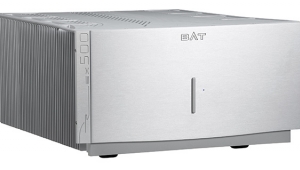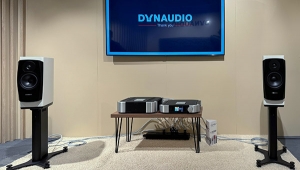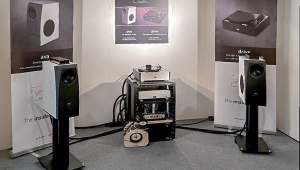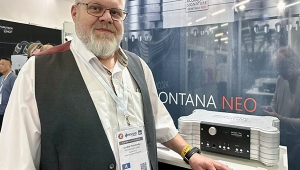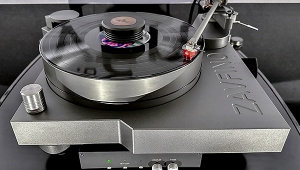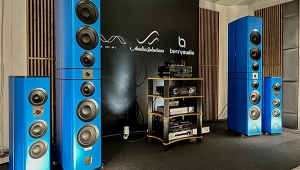| Columns Retired Columns & Blogs |
Does Stereophile ever question the validity of this twice a year list? Perhaps it really helps with newsstand sales, but I've come to dread it's release twice a year. First, there are the stupidly priced A+ turntables all reviewed by one staffer that's been gone for quite some time. The entire A+ section will go away with "not tested in a long time" and rightly so.
Some items are ranked by full reviews with testing and others are just columnists saying - highly recommended - at the end of their monthly column. And those items are many times totally out of the mainstream of the product marketplace.
And, while price doesn't indicate quality, it is so jarring to see $500 products achieve the exact same ranking (A or B usually) along side $15,000 products.
I'd love to see you folks test more of the items people are buying in fairly large numbers everyday... even though they don't have the same 5 popular distribution partners or those that advertise in the magazine. No, I'm not saying it's pay to play. But MoFi Distributing buys a lot of ads, it's friends with staffers and routinely gets their products reviewed. It's not payola, but it is a symbiotic relationship.
I'd recommend you scrap the listing and retool the whole thing - and put some thought into how and why you test the products you test.





















